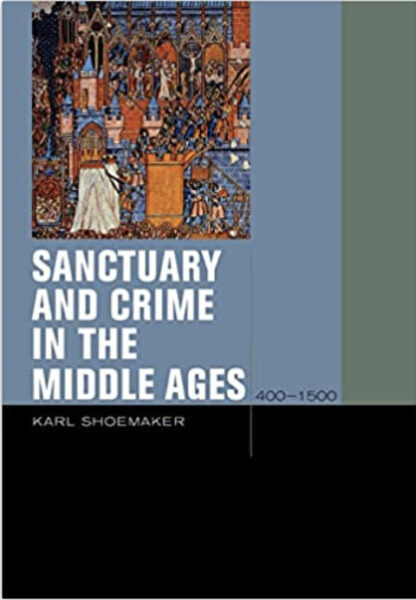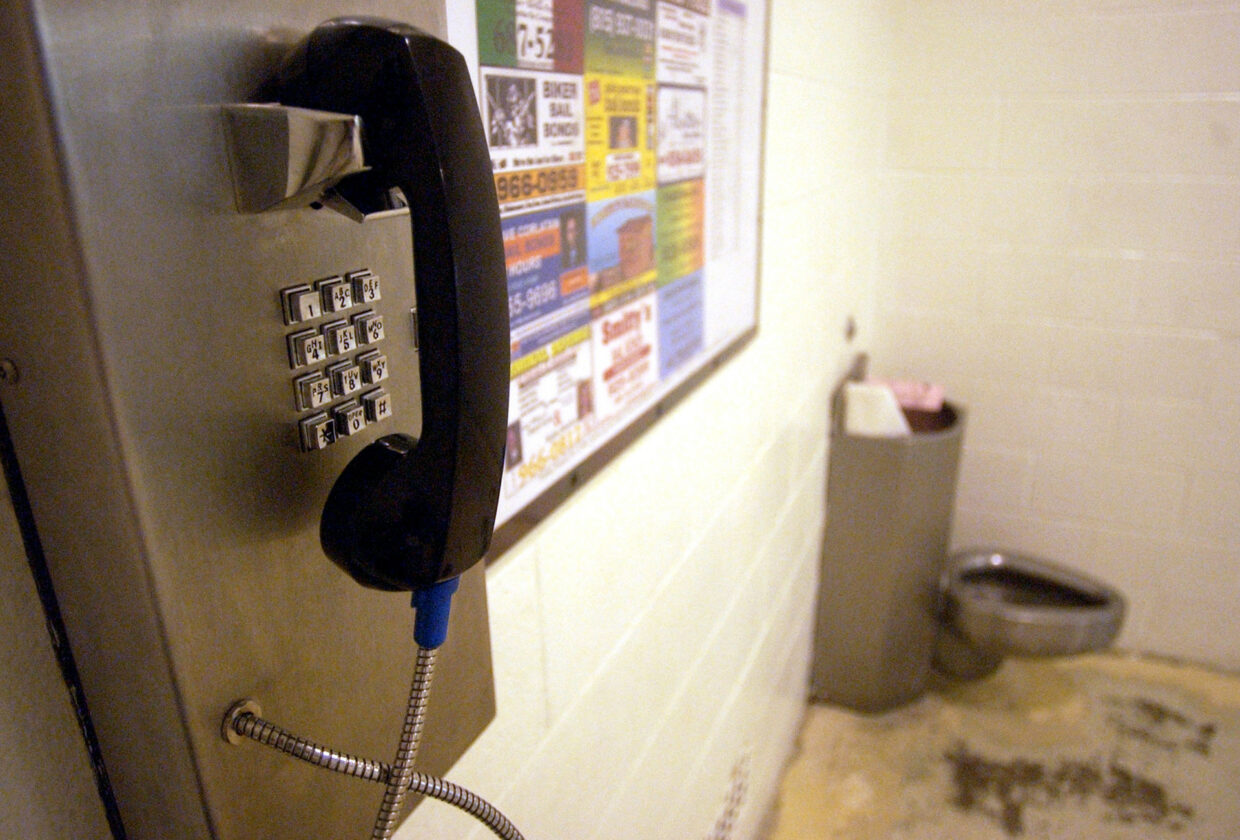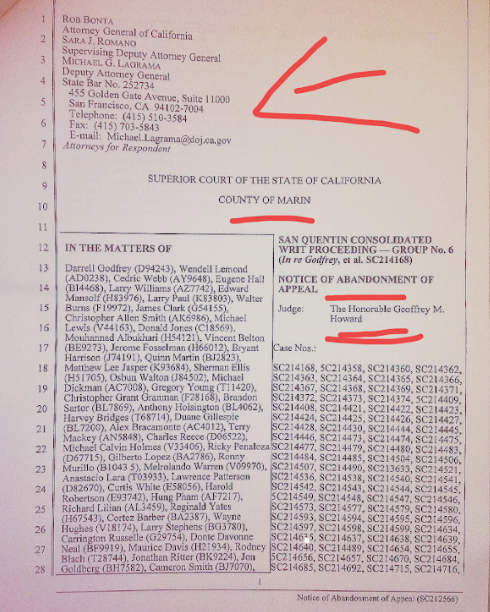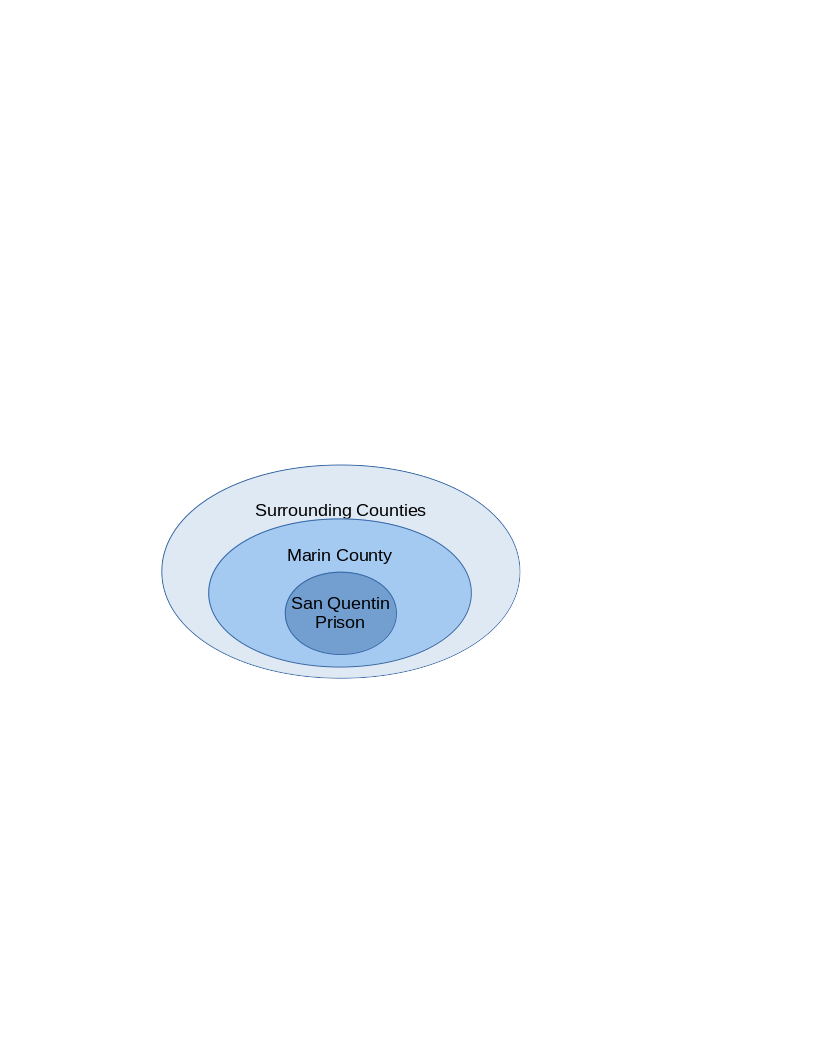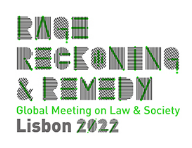The harm reduction community is deeply dispirited over Gov. Newsom’s rejection of the proposed safe drug injection/overdose prevention site in Oakland. Marisa Kendall reports for the Mercury News:
Senate Bill 57 would have allowed the two Bay Area cities to become among the first in the country to open facilities where users could bring drugs and consume them in a safe, supervised setting. The bill passed the state legislature this month. But after rejecting the bill, Newsom expressed worry that the law could actually make the drug crisis worse in those three cities.
“The unlimited number of safe injection sites that this bill would authorize — facilities which could exist well into the later part of this decade — could induce a world of unintended consequences,” he wrote in a veto message. “It is possible that these sites would help improve the safety and health of our urban areas, but if done without a strong plan, they could work against this purpose.”
Newsom added that he is instructing the secretary of Health and Human Services to convene a group of city and county officials to discuss overdose prevention strategies and how to implement a more limited pilot program.
This is a great disappointment, but not a big surprise. Kendall ties this position to Newsom’s possible presidential candidacy:
The move comes amid mounting speculation that Newsom might be eyeing a presidential run. And while it’s unclear whether those ambitions played into his decision, rejecting the bill likely will only help him on the national stage, where the majority of voters would likely balk at the idea of facilitating drug use, said Claremont McKenna College political science professor Jack Pitney.
“There’s a solid policy rationale for the veto,” Pitney said, “but politically, he’s dodged a potentially big problem.”
I have a few thoughts to offer about this observation. For many years–since my graduate school days in the early 2000s–I liked Newsom and believed in him, though I always knew that a politician is a politician, not the messiah (some of the Obama disappointees fell into that trap.) I admired his administration’s bold moves to the point that I was delighted to be considered for his penal code revision commission and sorely disappointed not to have been picked. In hindsight, though, not working for this administration was a blessing. I can’t imagine being able to help the people at San Quentin as much or in the ways that I did if I felt bound by loyalty to the Newsom administration.
Watching Newsom, Bonta, and others handle the executive and judicial aspects of the COVID-19 crisis was sobering. In Chapter 7 of our forthcoming book FESTER (the manuscript is due with UC Press this week!) we make the following observations about Newsom:
[T]he Governor’s [paltry COVID-19 release] program was overly sensitive to public backlash, and featured the classic hallmarks of the age-violence-risk paradox. Bifurcation—applying early releases and good time credits only to nonserious, nonviolent, nonsexual offenses—was in evidence in every category on the plan, despite the lack of correlation between the crime of commitment and risk to public safety. At first blush, such kowtowing to public outcry would seem uncharacteristic of Newsom, whose political path, from his early days as Mayor of San Francisco, featured bold, high-profile moves to advance progressive values and objectives, which he presented as doing the right thing no matter the backlash. His move to legalize same-sex marriage in California—the subject of ferocious litigation that culminated in a Supreme Court victory—was perceived by some, at the time, to be political suicide. Similarly, his moratorium on the death penalty was criticized for not reflecting the wish of a small but consistent majority of Californians. In both of these cases, Newsom correctly read the political winds, and his predictions proved true; his self-styled image of an idealistic pioneer was boosted by the fact that his executive decisions preceded wider societal shifts. But Newsom’s reluctance to release people convicted of violent crime reflected age-old wisdom in California politics that, even in the bluest of counties, it is not a wise political move to flout entrenched fears of violent crime. Reflective of the justifiability of this concern was a disparaging story in the Los Angeles Times about Newsom’s plan titled, “California is releasing some murderers due to COVID-19. Some say it should free more.” After a barrage of phone calls from Coalition members, the newspaper changed the headline, but the content, which rehearsed tired tough-on-crime tropes from the Reagan administration days, remained unaltered: the writers chose to interview crime victims who, while entitled to their personal opinions, were neither the statewide curators of victims’ perspectives nor qualified to offer broad insights on emergency healthcare policies. They also mentioned, without a shred of irony, Willie Horton.
. . .
Three examples of such aging, low-risk people drive home the extent to which age-violence-risk paradox was part of the Newsom administration’s calculus. Twice during the pandemic, the parole board recommended parole for Leslie Van Houten, born in 1950 and housed at California Institute for Women (CIW.) Van Houten had been consistently recommended for parole since 2017, but governors–first Brown, now Newsom–keep reversing the recommendation for what appear, in light of her exemplary prison record, pure political spite. Van Houten has maintained a clean disciplinary record, participated in a variety of laudable programs, and incessantly excavated her psyche to show “insight” to the Board. She participated in the Manson murders when she was 19 years old, manipulated and sexually exploited in a setting that, with today’s #MeToo sensibilities, might have shed a completely different light on her involvement.
As one of us has explained elsewhere, the Manson family cases shine a light on the question of redeemability, featuring people who have clearly done their utmost to undergo, live, and exude transformation but whose notoriety stands in their way. But van Houten’s two last hearings featured an additional consideration: the parole hopeful was over 70 years old and CIW, where she was housed, was experiencing an outbreak just as she was denied parole.
Another notorious member of the “Class of ‘72’”—the 107 people condemned to death whose sentences were commuted to life with parole after People v. Anderson—was Sirhan Sirhan, who had assassinated Robert Kennedy. At the time of his COVID parole hearing, Sirhan was 77 years old. The Chronicle’s Bob Egelko forecasted his parole bid:
“Anybody that has ever walked into my office, you have to walk by photographs of Bobby Kennedy’s funeral procession, those famous train photos,” the governor said, according to a transcript provided by his office. “The first photograph, the only photograph you will see in my office is a photo of my father and Bobby Kennedy just days before Bobby Kennedy was murdered.”
At the time of Sirhan’s parole bid, Newsom was facing a recall election in which he had everything to lose, and absolutely nothing to gain, from releasing Sirhan. As Egelko explained, Newsom’s leading opponents in the recall, all of whom were well to his right politically, would seem equally unlikely to approve Sirhan’s parole. Moreover, any decision to release Kennedy’s murderer would surely become a flash point in the 2022 governor’s election.
“I’d be shocked if Newsom didn’t reverse” the parole board’s decision, said Robert Weisberg, a Stanford criminal law professor. Although the governor would have to explain why he believed Sirhan still posed a threat of violence, Weisberg said, he would most likely be “responding to a public view that this guy’s crime was so heinous that he shouldn’t be paroled.”
Predictably, Newsom vetoed Sirhan’s parole and, perhaps hoping to win political points while facing a recall election, took the trouble to pen an op-ed about it in the Los Angeles Times:
“Kennedy’s assassination not only changed the course of this nation and robbed the world of a promising young leader, it also left his 11 children without a father and his wife without a husband. Kennedy’s family bears his loss every day. Millions of Americans lost a unifier in a time of national turmoil and grief, just nine weeks after the assassination of the Rev. Martin Luther King, Jr., and four-and-a-half years after the murder of Kennedy’s brother, President John F. Kennedy.
“Yet, after decades in prison, Sirhan still lacks the insight that would prevent him from making the kind of dangerous and destructive decisions he made in the past. The most glaring proof of Sirhan’s deficient insight is his shifting narrative about his assassination of Kennedy, and his current refusal to accept responsibility for it.”
The language in Newsom’s op-ed echoes the concept of “insight”, which parole researchers broadly agree is a deliberately opaque, vague term used to justify denials based on the now-prohibited consideration of the heinousness of the original crime. Kathryne Young explains that “insight” is. Kristen Bell identifies the same obfuscation with regard to juvenile parole hearings. And Rita Shah, in a review of my previous book Yesterday’s Monsters, pithily explains that “Like rehabilitation, insight seems be a bullshit term as determining whether one has gained insight or is on the road to rehabilitation appears to be the criminal legal system’s equivalent of ‘I’ll know when I see it.’”
But the absurdities in Van Houten and Sirhan’s cases pales in comparison with the continued incarceration of Gerald Albert Oates who, at the age of 94, is the oldest living person incarcerated at CDCR. After a parole denial in 2018 because, unbelievably, Oates is still categorized as “high risk” by CDCR,[8] he remained incarcerated throughout the COVID-19 crisis, apparently surviving the Newsom Administration’s project to identify priorities for release. Oates’ case highlights the extent to which the calcification of fear and loathing of so-called “violent offenders”, wrought by the age-violence-risk paradox, stood in the way of making parole decisions that made sense, practically and medically.
There you have it: a politician I used to respect and admire. Over the course of the last few years, I have come to realize that his true gift is his keen sense of smell for where public opinion will be two weeks from now, appearing as a maverick when pushing initiatives that he knows will shortly enjoy wide public support. Because he knows that people addicted to drugs in the streets and people languishing in overcrowded prisons (1) don’t vote and (2) don’t matter to voters, he can afford to continue running California as if their lives don’t matter at all.
Last comment: Whatever Newsom is doing is playing out marvelously in California, where a recent poll shows him a reelection shoe-in (long-time readers will recognize his opponent, Brian Dahle, an old-skool law and order guy who opposed the recent prison closure in Susanville.) But it might not earn him as many points as he hopes in less-blue pastures on the national stage; he’s not getting any love for this on Fox News, where they can see right through it (even a broken clock shows the right time twice a day.)



